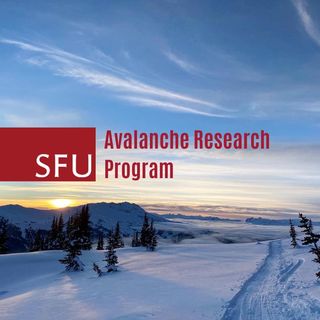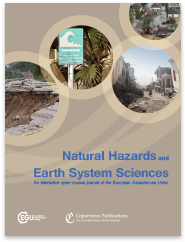Impact of information presentation on interpretability of spatial hazard information: Lessons from a study in avalanche safety
This is an Open Access article. Click here to download a copy.
Abstract
Avalanche warning services publish avalanche condition reports, often called avalanche bulletins, to help backcountry recreationists make informed risk management decisions about when and where to travel in avalanche terrain. To be successful, the information presented in bulletins must be properly understood and applied prior to entering avalanche terrain. However, few avalanche bulletin elements have been empirically tested for their efficacy in communicating hazard information. The objective of this study is to explicitly test the effectiveness of three different graphics representing the aspect and elevation of avalanche problems on users’ ability to apply the information.
To address this question, we conducted an online survey that presented participants with one of three graphic renderings of avalanche problem information and asked them to rank a series of route options in order of their exposure to the described hazard. Following completion of route ranking tasks, users were presented with all three graphics and asked to rate how effective they thought the graphics were. Our analysis dataset included responses from 3,056 backcountry recreationists with a variety of backgrounds and avalanche safety training levels. Using a series of generalized linear mixed effects models, our analysis shows that a graphic format that combines the aspect and elevation information for each avalanche problem is the most effective graphic for helping users understand the avalanche hazard conditions because it resulted in higher success in picking the correct exposure ranking, faster completion times, and was rated by users to be the most effective. These results are consistent with existing research on the impact of graphics on cognitive load and can be applied by avalanche warning services to improve the communication of avalanche hazard to readers of their avalanche bulletins.

